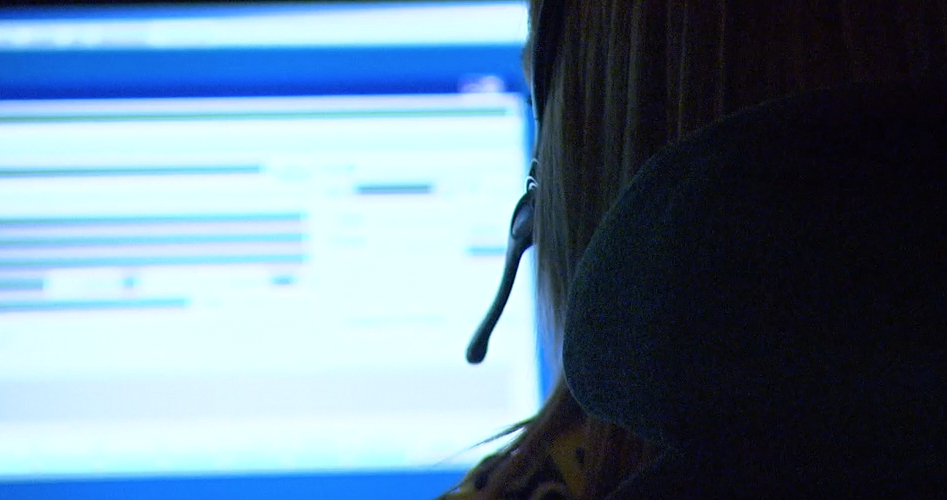In today’s climate of fiscal austerity, philanthropy is increasingly called upon to make up the difference in funding that’s otherwise the appropriate domain of government. Philanthropy is also constrained by limited capital to invest in these types of issues. Can philanthropy actually work with government to address the root causes of demanding community problems that strain existing financial and human resources? And if so, what conditions foster the effective use of philanthropic dollars to support government without supplanting its responsibility to fund the public interest? I’d like to share some lessons the Episcopal Health Foundation learned as a result of funding an initiative developed by the Harris Center for Mental Health and IDD (formerly the Mental Health Mental Retardation Authority, MHMRA) and the Houston Police Department (HPD).
 An operator answers a call at the Houston Emergency Center
An operator answers a call at the Houston Emergency Center
The initiative, called 911 Crisis Call Diversion Program, builds upon longstanding collaborative efforts between the Harris Center and HPD to address the number of non-criminal, non-imminent risk mental health calls that law enforcement deal with each day. This happens when residents call 911 through the Houston Emergency Center (HEC) for help with mental health problems. HPD responds to 9,000 calls each month that are more appropriately addressed by mental health providers. The solution, jointly funded by EHF and Houston Endowment, is a two-year pilot project that employs trained Harris Center tele-counselors at HEC to identify all mental health calls coming into the police department and refer those that meet specific qualifications for immediate connection to a tele-counselor. This system avoids sending law enforcement to respond to non-emergency, mental health situations that would be better served by immediately connecting callers to mental health professionals.
An estimated 1,000 calls per month will be appropriately diverted and responded to as a result of this project. Savings for HPD accrue as the number of police officers who would otherwise be dispatched to handle these mental health calls decreases. These savings can be reinvested into the program to sustain operations and decrease the amount of philanthropic investment required.
Our role as a philanthropy is to provide at-risk, start-up capital. Government funds then take over to sustain the program. This imaginative funding structure represents an appropriate use of philanthropy to support, rather than supplant, the allocation of government funds. It builds capacity within these public institutions to function efficiently and further relax taxpayer burden.
So the answer to the question of whether philanthropy can work with government to impact social issues, is a resounding yes as long as:
- funding helps shape what government does to increase its effectiveness
- high-impact opportunities or ‘game changers’ are identified that fundamentally change the way government conducts its business
- funding can be leveraged to increase the availability of larger sums of government funds
- private dollars are used to lay the foundation for government to build its capacity
Incorporating these elements into philanthropic investment in government projects ensures that philanthropy works as a partner with government and the gains in doing so accrue to philanthropy, government, and ultimately communities.
